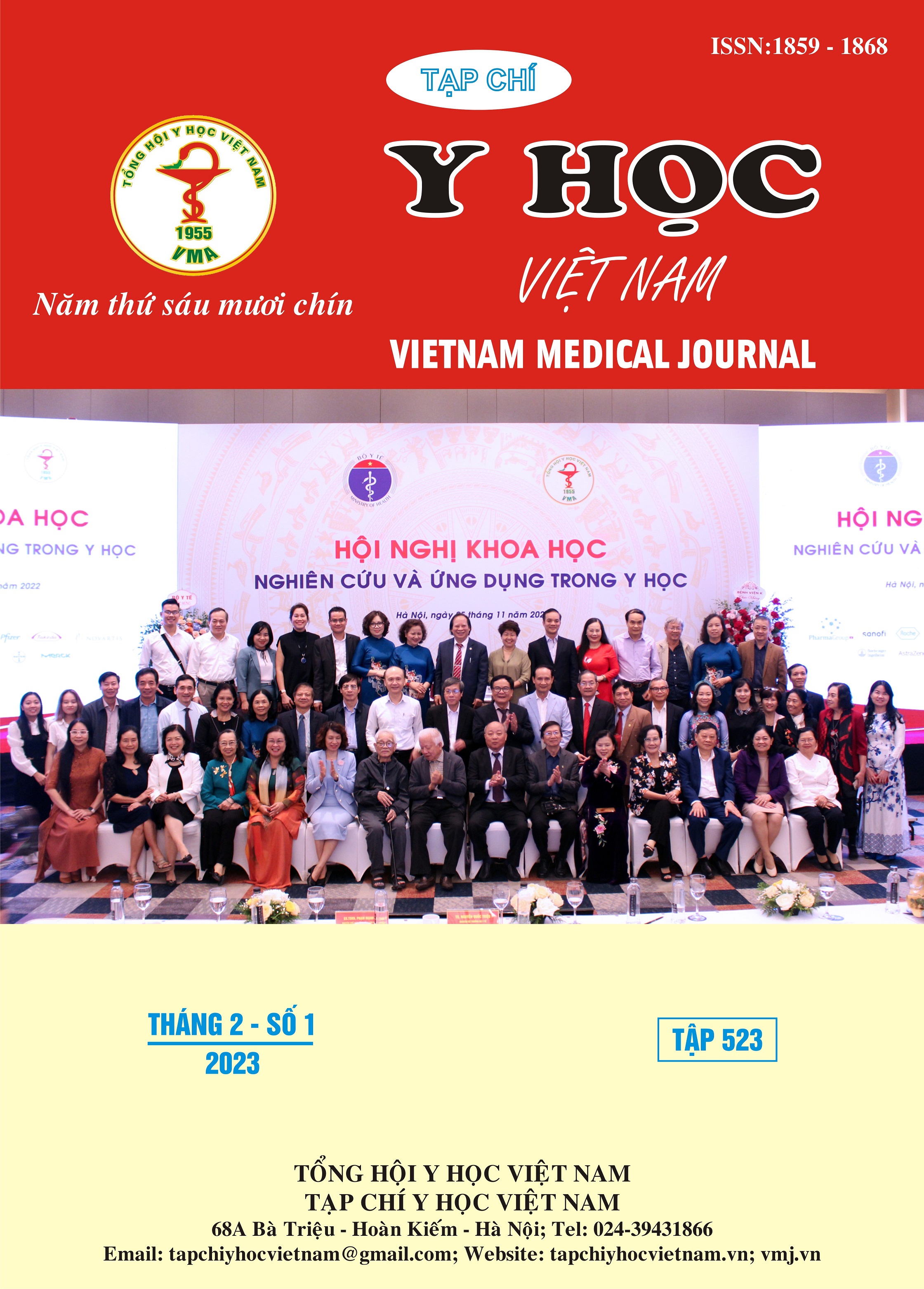TỔNG QUAN VỀ KẾT QUẢ CỦA CÁC PHƯƠNG PHÁP ĐIỀU TRỊ CHẢY MÁU MŨI
Nội dung chính của bài viết
Tóm tắt
Trong nhiều năm trở lại đây có nhiều các nghiên cứu về chảy máu mũi trên cộng đồng đã được công bố, tuy nhiên vẫn chưa có nhiều nghiên cứu tổng hợp các kết quả từ các nghiên cứu này để có cái nhìn khách quan nhất về các phương pháp điều trị chảy máu mũi. Do đó nghiên cứu được tiến hành nhằm mô tả kết quả các phương pháp điều trị chảy máu mũi. Nghiên cứu dựa trên hướng dẫn PRISMA-SCR (PRISMA extension for Scoping Reviews) là bảng kiểm dành cho các nghiên cứu viên thực hiện nghiên cứu tổng quan. Cơ sở dữ liệu Pubmed/Medline được sử dụng để tìm kiếm các nghiên cứu trên thế giới. Kết quả nghiên cứu cho thấy có 18 bài báo đủ tiêu chuẩn được lựa chọn vào nghiên cứu. Mỗi phương pháp có một ưu và nhược điểm riêng do đó tỷ lệ thành công cũng như khả năng tái phát của các phương pháp là khác nhau. Phương pháp điều trị nội khoa cho tỷ lệ thành công dao động từ 26,8% đén 95,2%. Phương pháp đông điện nội soi, tỷ lệ thành công cao dao động từ 92% đến 100%. Phương pháp thuyên tắc động mạch, tỷ lệ này biến thiên từ 83,1% đến 95,1% và phương pháp thắt động mạch dao động từ 85,7 đến 89,0%. Do đó, cần nâng cao trình độ của bác sĩ, cũng như đẩy mạnh công tác đào tạo và phát triển kỹ thuật dòng điện cầm máu mũi qua nội soi rộng rãi trong đội ngũ bác sỹ chuyên khoa Tai Mũi Họng và tại các trung tâm cấp cứu Tai-Mũi-Họng.
Chi tiết bài viết
Từ khóa
Chảy máu mũi, kết quả, phương pháp điều trị
Tài liệu tham khảo
2. Luke KS Tan, Calhoun KH. Epistaxis. Medical Clinics of North America. 1999;31(43-56).
3. Middleton PM. Epistaxis. Emergency Medicine. 2004;16(5-6):428- 440.
4. Douglas R, PJ W. Update on epistaxis. Curr Opin Otolaryngol Head Neck Surg. 2007;15(180-183).
5. Supriya M, Shakeel M, Veitch D, al e. Epistaxis: prospective evaluation of bleeding site and its impact on patient outcome. J Laryngol Otol. 2010;124:744–749.
6. Tomkinson A, Roblin DG, Flanagan P, et al. Patterns of Hospital Attendance with Epistaxis. Rhinology. 1997;35(129–13).
7. Nikoyan L, S M. Epistaxis and hemostatic devices. Oral Maxillofac Surg Clin North Am. 2012;24:219–228.
8. Elwany S, Kennedy D, P H. Rhinology: Diseases of the Nose, Sinuses, and Skull Base: New York: Thieme medical Publishers. Eur Arch Otorhinolaryngol. 2013;270(1):387-387.
9. MG Watson, Shenoi P. Drug-induced epistaxis? Journal of the Royal Society of Medicine. 1990;83(3):162-164.
10. Harald Herkner, Anton N Lagger, Marcus Muller, al e. Hypertention in patients presenting with epistaxis. . Annals of emergency medicine. 20000;35(2):126-130.


